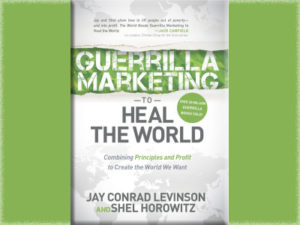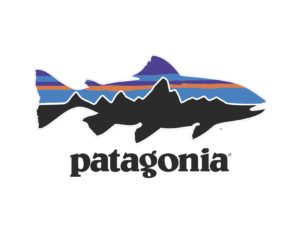3 Reasons You Should Pay Attention to Corporate Sustainability

Too often, businesses think of sustainability as a “have to” instead of a “delighted to.” Let’s change that attitude! Here are three among many reasons why business leaders should be thrilled to embrace deep sustainability:
- The powerful business case. More and more stakeholders are demanding that the companies they patronize address wider environmental and social issues; those who fail to do this are starting to lose market share. Not only that, but going green the RIGHT way can substantially lower costs of energy, raw materials, and other goods while building in customer loyalty and tolerance for higher prices. To say it another way, greening your company can significantly up profitability! Companies in the Fortune 500 figured this out some years ago. Pretty much all of them have sustainability departments (under various names) and have made huge progress in the past decade. Of course, we still have a long way to go. But many smaller companies are resistant. Because they see expenses, not income streams, they dig in with their old, inefficient ways. But certainly, the low-hanging fruit–taking the steps with quick payback–increases profitability directly, by raising income and lowering costs.
- The ability to market sustainable goods, services, and processes to three different types of consumer: the Deep Green, who makes purchasing decisions contingent on social responsibility; the Lazy Green, who will do the right thing if it’s convenient; and the Nongreen, who is indifferent or even hostile to a sustainability agenda, but who will happily buy green products and services if they are positioned as superior (more comfortable, more durable, less toxic, etc.). Of course, these three kinds of customers need three different sets of marketing messages–something many green companies don’t understand, and thus leave a lot of money on the table.
- The power of business to go beyond sustainability—to regenerativity. To actually make things better: identify/create/market *profitable* offerings that turn hunger and poverty into abundance, war into peace, and catastrophic climate change into planetary balance. Lifting people out of poverty (and creating new markets), ending war, solving climate change as ways to make money: how cool is that?
I’ve spent the last several years studying this trend and have written an award-winning book, Guerrilla Marketing to Heal the World, that shows how in detail. It’s been endorsed by over 50 business and environmental leaders, including Seth Godin and Chicken Soup for the Soul’s Jack Canfield. You can learn more at the Guerrilla Marketing to Heal the World page at GoingBeyondSustainability.com (I think it’s by far the best of my 10 books, several of which have won awards or been translated and republished in other countries).







